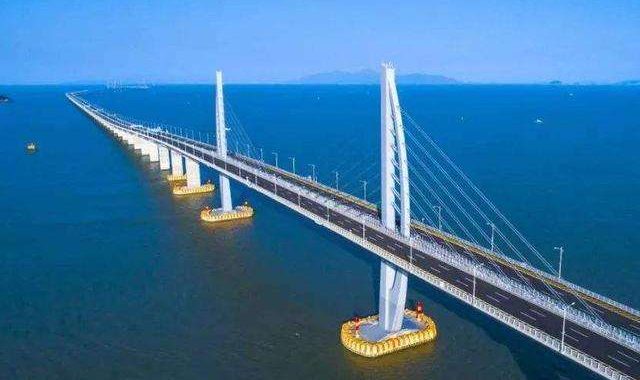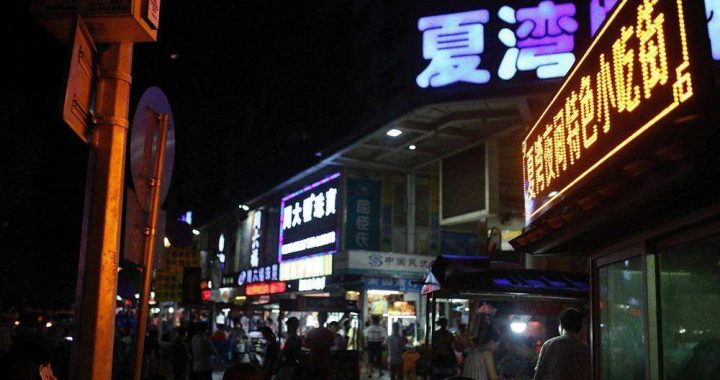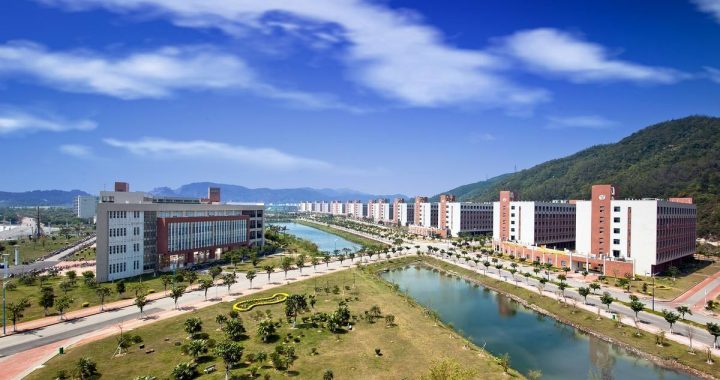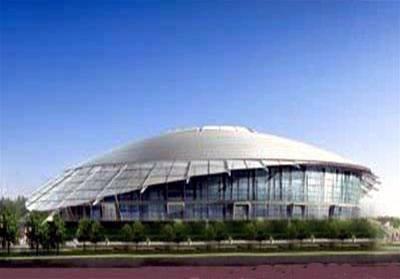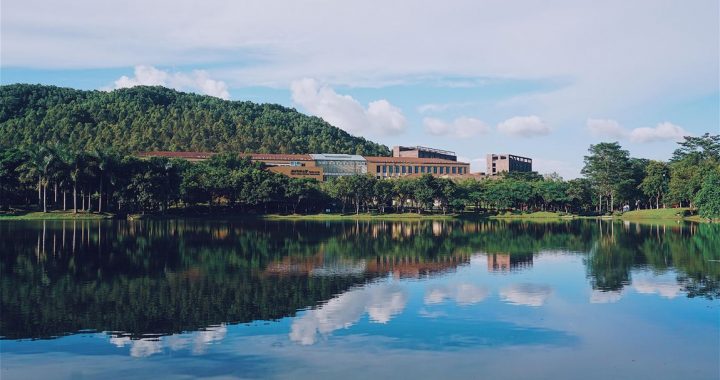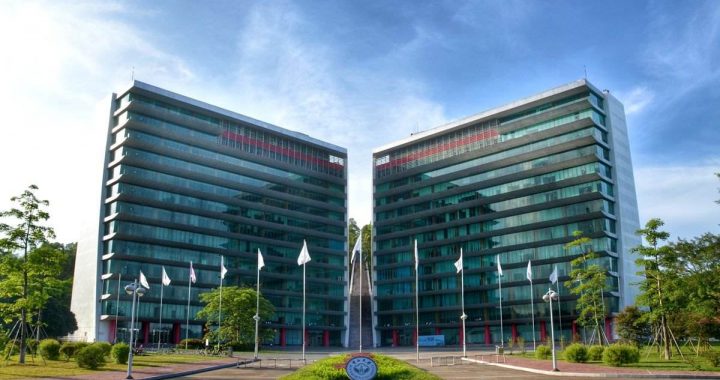Floating Colors
2 min readAs the children look around charmingly in their own innocent and enchanting way, the storybook world around them seems to come to life.

Piao se”(literally”floating colors”), is believed to be an invention of people living in today’s Guangdong Province in the late Ming Dynasty (1368-1644), with the tradition’s variation in Qianwu Town considered to be an outstanding representative of this entertaining float parade incorporating all kinds of elements, including acrobatics and conjuring.

In the old times, the uproarious parade brought ray of joy into the hard, isolated life of islanders, opening a surreal world for worn-out fishermen to restore their energy for another day’s toil on the furious billows. The tradition remains an integral part in the festival scene of today’s Zhuhai people.

The “floating colors”are presented by little children, normally aged 7-8, wearing flamboyant make-up and costumes designed for a specific role and the mise-en-scene, typically drawn from Chinese classical literature and folktales. Throughout the parade, the children, or the “colors”, are “fastened” to a magnificently decorated platform (called “se ban”) that is held mid-air by a group of husky men, creating an uncanny flow of dazzling colors floating in the air when viewed from a distance.

The children, called “color boys”and “color girls”, are essential to the engaging charm of the parade, seeming to cast a magic spell. As the children look around charmingly in their own innocent and enchanting way, the storybook world around them seems to come to life.
